Tour button
EDUSession: Addressing the Talent Shortage in the Attractions Workforce
How engagement, flexibility, and proactive action can make a difference
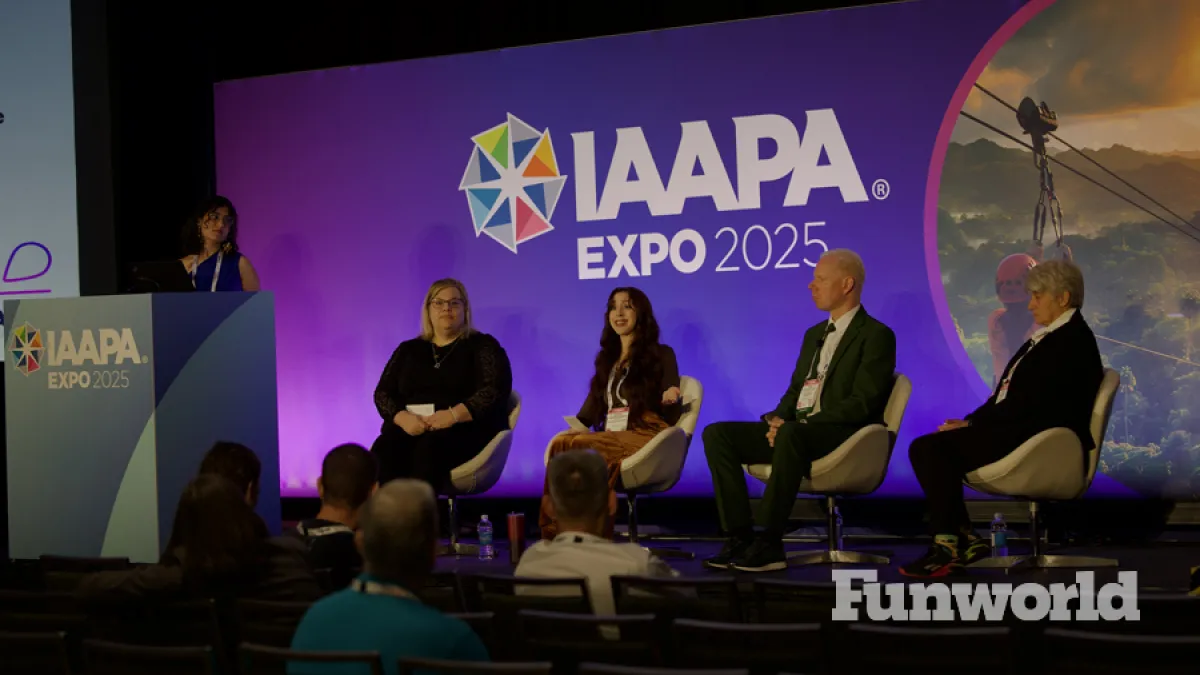
As the attractions industry grows more global, technology-driven, and operationally complex, the need for skilled talent is becoming increasingly urgent. Meeting the workforce demands of a 21st-century industry will require companies to rethink how they approach, cultivate, and sustain their talent pipeline.
In a Monday EDUSession titled Addressing the Talent Shortage in the Attractions Workforce, panelists discussed a variety of creative ways to attract and develop talent.
Paul Vyskovsky, senior lecturer, FH Joanneum University of Applied Sciences in Austria, emphasizes the importance of attractions building robust partnerships with the educational community. “Make yourself visible not only to students, but to the institutions,” he says. Students are transient, but institutions are here to stay—and they aim to build a strong foundation of support for this rotation of developing talent. The suggestions offered include sending senior staff to speak at events; participating in career fairs; engaging students for projects of research; and hosting study trips.
Laura Marakowits, project leader/show producer for Themed Entertainment and Attractions Mavericks shares the importance of removing barriers to expand the talent pipeline. “A lot of talent we never see because we create … financial barriers.”
One solution Marakowits shares is the Immersive Design Academy—a program she co-founded that offers a no cost, virtual, 11-month program in themed attraction design that has drawn participants from 27 countries, two-thirds of whom have found industry-related employment.
Developing greater flexibility in recruitment was a key message from Nicolle Figueroa Rosado, programs director for the Big Break Foundation, which works to develop underrepresented talent in the industry.
Rosado encourages companies to adopt an “Apply anyway” policy, encouraging any interested candidates to apply for positions and avoid discouraging them from doing so if they don’t check all the boxes. “If you have 100 applicants and 90 are not qualified, the problem is the job description, not the applicants,” recommending that they emphasize primary functions and duties, concise succinct requirements, and inclusive language.

Funworld delivered complete coverage of IAAPA Expo 2025 on one updated page, featuring breaking press conference announcements, EDUSession insights, and Expo news that kept the global attractions industry informed during Orlando’s biggest week.
Follow IAAPA for news and event announcements in your favorite social media apps
Connect with the Real Stories Behind the Fun
Follow our social media for authentic stories, special moments, and behind-the-scenes looks from the attractions world.

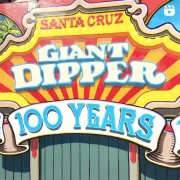


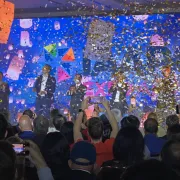
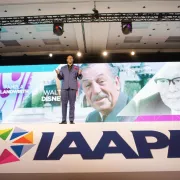





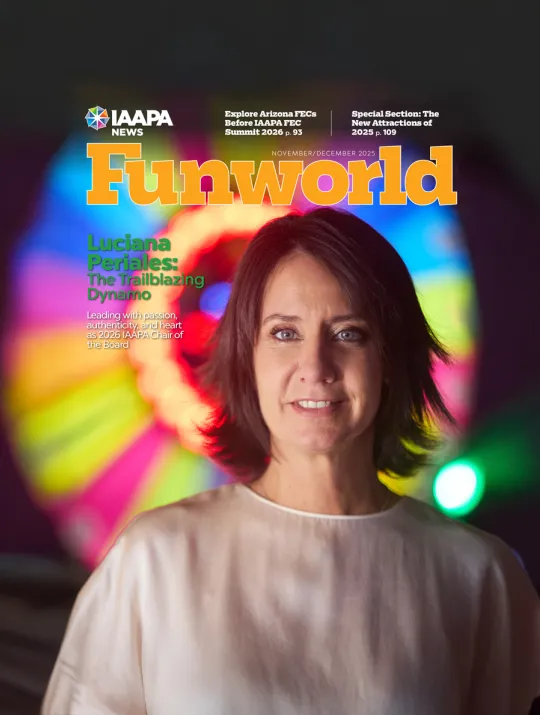
 The Official Magazine of IAAPA
The Official Magazine of IAAPA